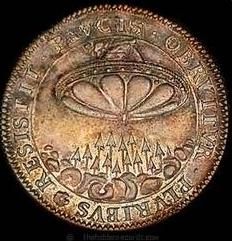The notion of ancient aliens and their potential influence on Earth has intrigued researchers, scientists, and enthusiasts for years, giving rise to a myriad of theories and speculative narratives. While the mainstream scientific community remains cautious about accepting claims of extraterrestrial visitation in antiquity, proponents argue that evidence of ancient aliens appeared years ago, embedded in historical records, ancient texts, and enigmatic artifacts.
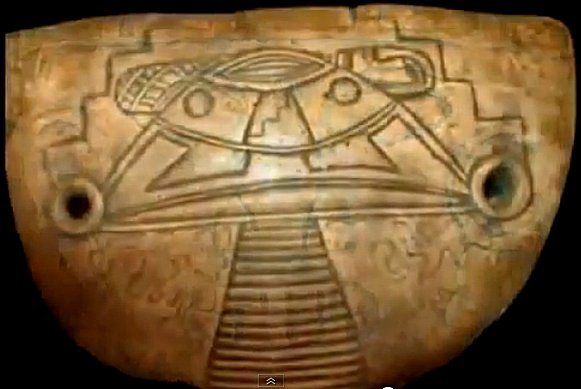
One area where proponents often point to as evidence is ancient religious texts and mythologies. Narratives from various cultures around the world contain stories of gods descending from the heavens, imparting knowledge, and influencing human civilization. Proponents argue that these accounts could be interpreted as encounters with technologically advanced extraterrestrial beings who visited Earth in ancient times.
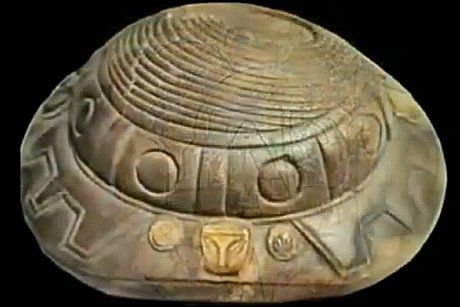
Ancient monuments and archaeological sites are also cited as potential evidence of ancient alien involvement. The construction of colossal structures, such as the pyramids of Egypt, Stonehenge in England, or the intricate Nazca Lines in Peru, has fueled speculation about the involvement of advanced technology or extraterrestrial assistance. Some argue that the precision and scale of these constructions surpass the technological capabilities of ancient human civilizations.
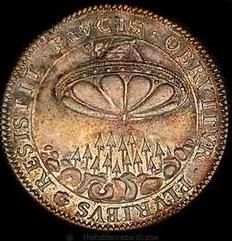
The interpretation of ancient artwork and depictions of humanoid figures, often resembling modern descriptions of aliens, adds another layer to the purported evidence. Ancient cave paintings, petroglyphs, and sculptures depict humanoid beings with elongated heads, large eyes, and unconventional features, leading some to propose that these representations might be evidence of encounters with extraterrestrial entities.
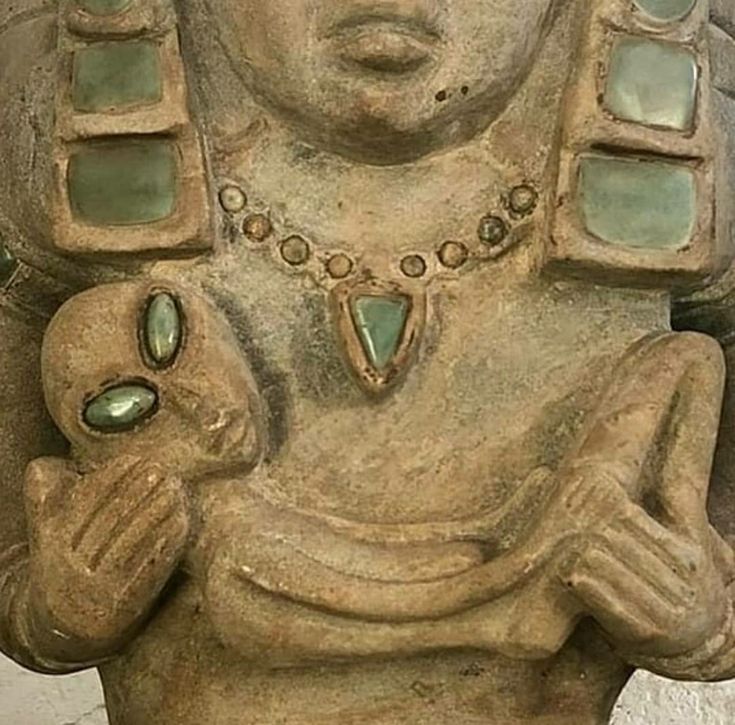
In addition to ancient art, proponents of the ancient aliens theory often point to the perplexing technological achievements of ancient cultures. The Antikythera Mechanism, an ancient Greek analog computer, and the Baghdad Battery, a potential electrochemical cell from Mesopotamia, are cited as examples of advanced knowledge that could be attributed to extraterrestrial influence.
Despite these claims, mainstream archaeologists and scientists generally approach the ancient aliens theory with skepticism. They argue that the evidence presented often lacks context, with alternative explanations rooted in human ingenuity, cultural symbolism, and the gradual accumulation of knowledge over time.
Moreover, proponents of the ancient aliens theory are sometimes accused of cherry-picking data and relying on speculative interpretations. The challenge lies in distinguishing between genuinely anomalous evidence and artifacts that can be adequately explained within the framework of human history and development.
In conclusion, while the concept of evidence for ancient aliens has circulated for years, the scientific community remains cautious in accepting such claims. The debate between proponents and skeptics continues, driving ongoing research and inquiry into the mysteries of the past. Whether evidence of ancient aliens truly exists or is a product of imaginative interpretation remains a topic of fascination and controversy in the realm of ancient mysteries.

